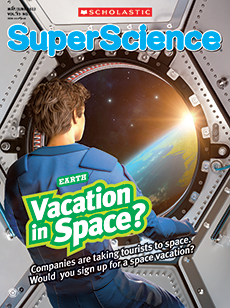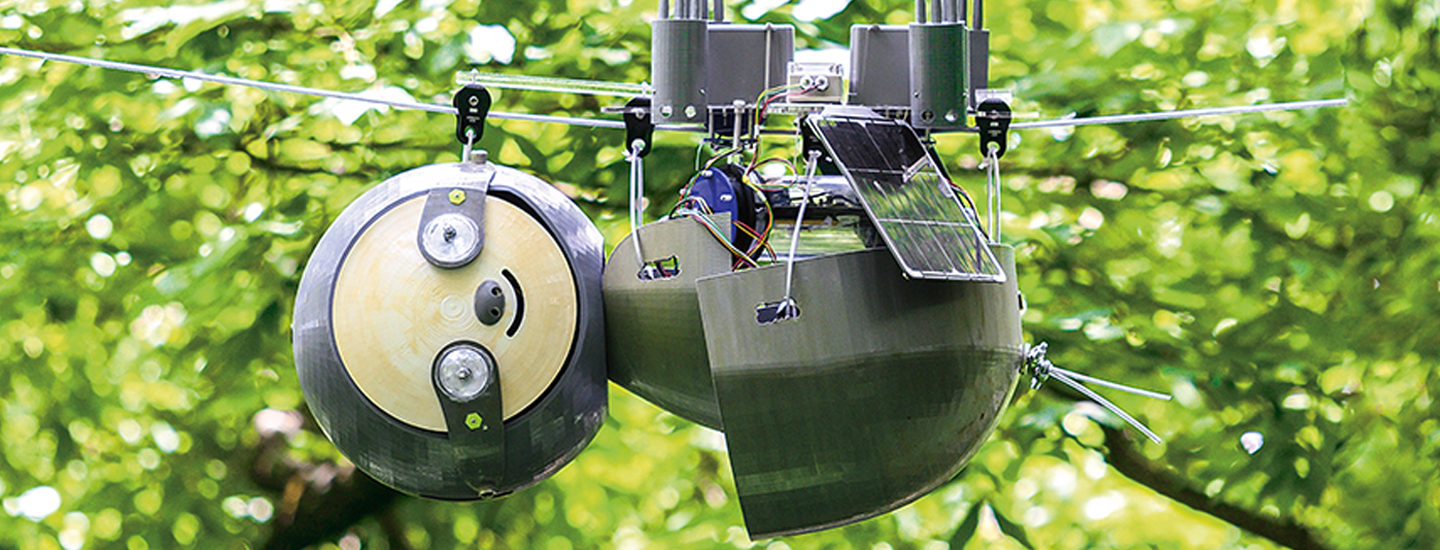SHUTTERSTOCK.COM
SlothBot (top) moves slowly to save energy like a real sloth.
Sloths seem to move in slow motion. Snakes' flexible bodies can slither around without limbs. Dolphins have streamlined bodies that let them swim at high speeds. Adaptations like these help animals survive in all kinds of environments.
Many engineers look at animals to find inspiration for new types of robots. These robots copy the animals’ abilities. Sometimes the robots even look like animals!
Copying something from nature when developing technology is called biomimicry (bye-oh-MIM-ik-ree). Read on to learn how five robots copy the speed, size, and physical structures of living animals to do all kinds of jobs.
Sloths seem to move in slow motion. Snakes are super flexible. Dolphins can swim at high speeds. Adaptations like these help animals survive in all kinds of environments.
Many engineers are inspired by animals. The animals give them ideas for new types of robots. These robots copy the animals’ abilities. Sometimes, the robots even look like the animals! Engineers copy nature to create new technology. This is called biomimicry (bye-oh-MIM-ik-ree).
Read on to learn about five robots. They copy the speed, the size, and the shape of animals. That allows these bots to do all kinds of jobs.

